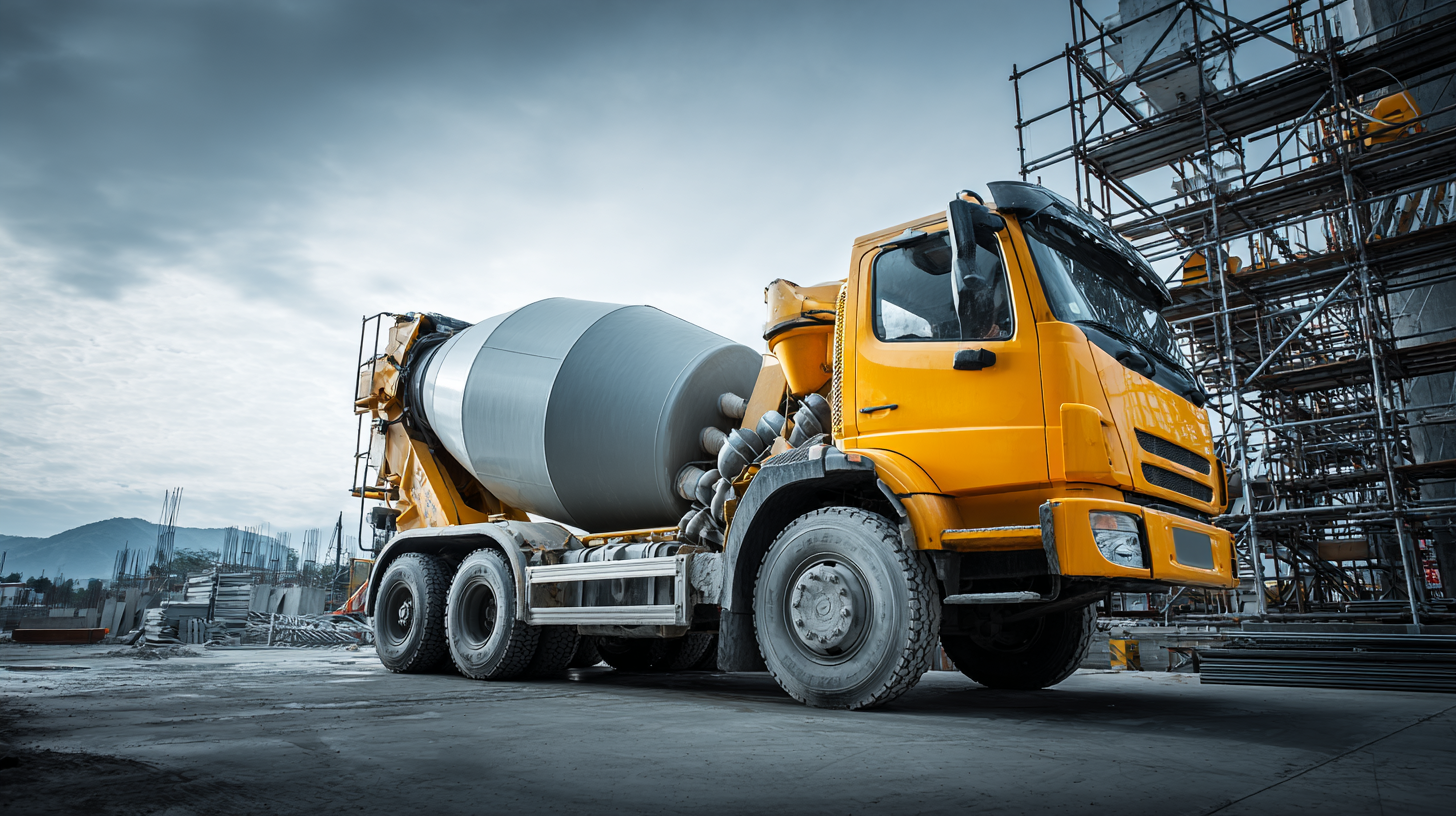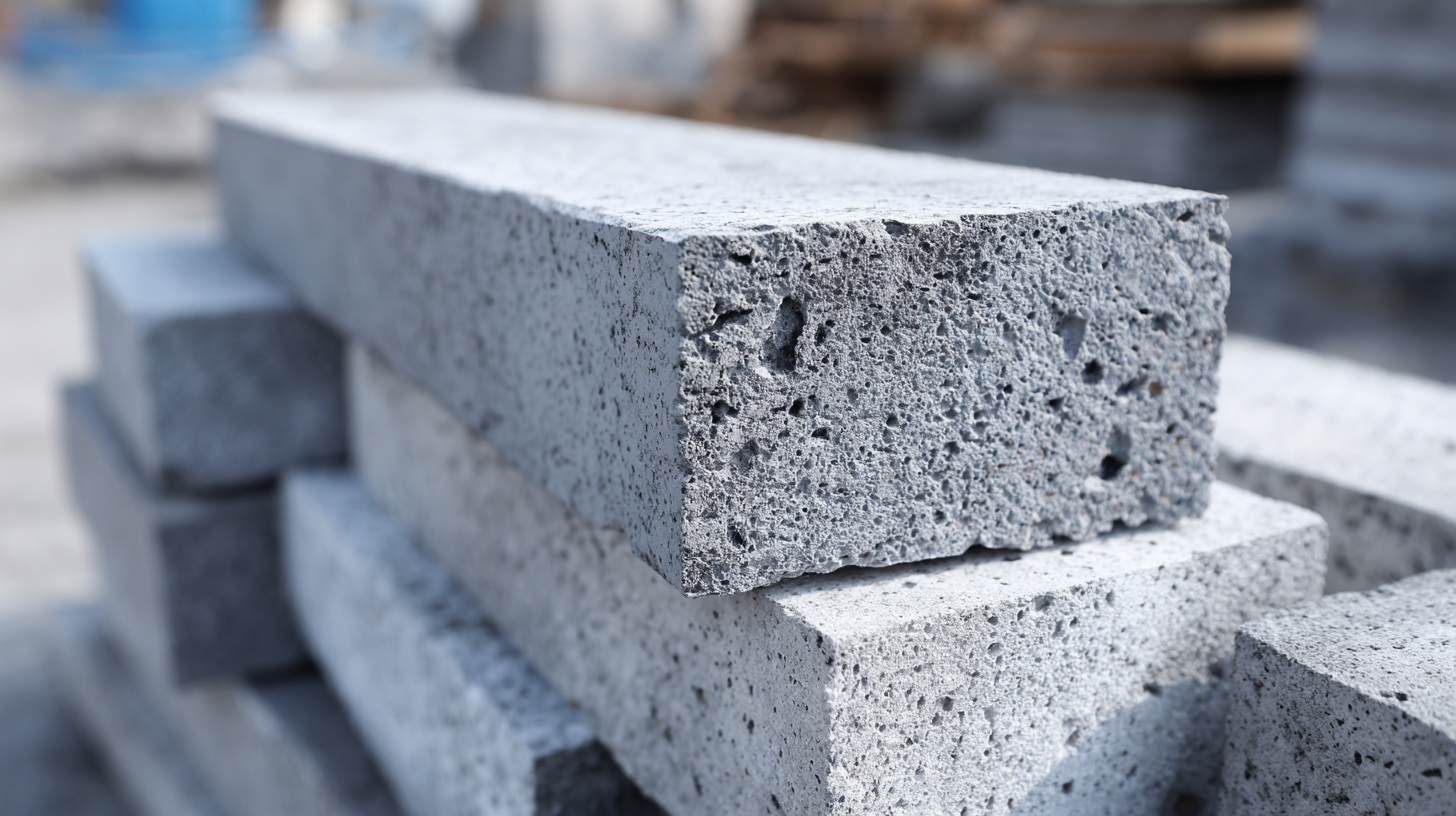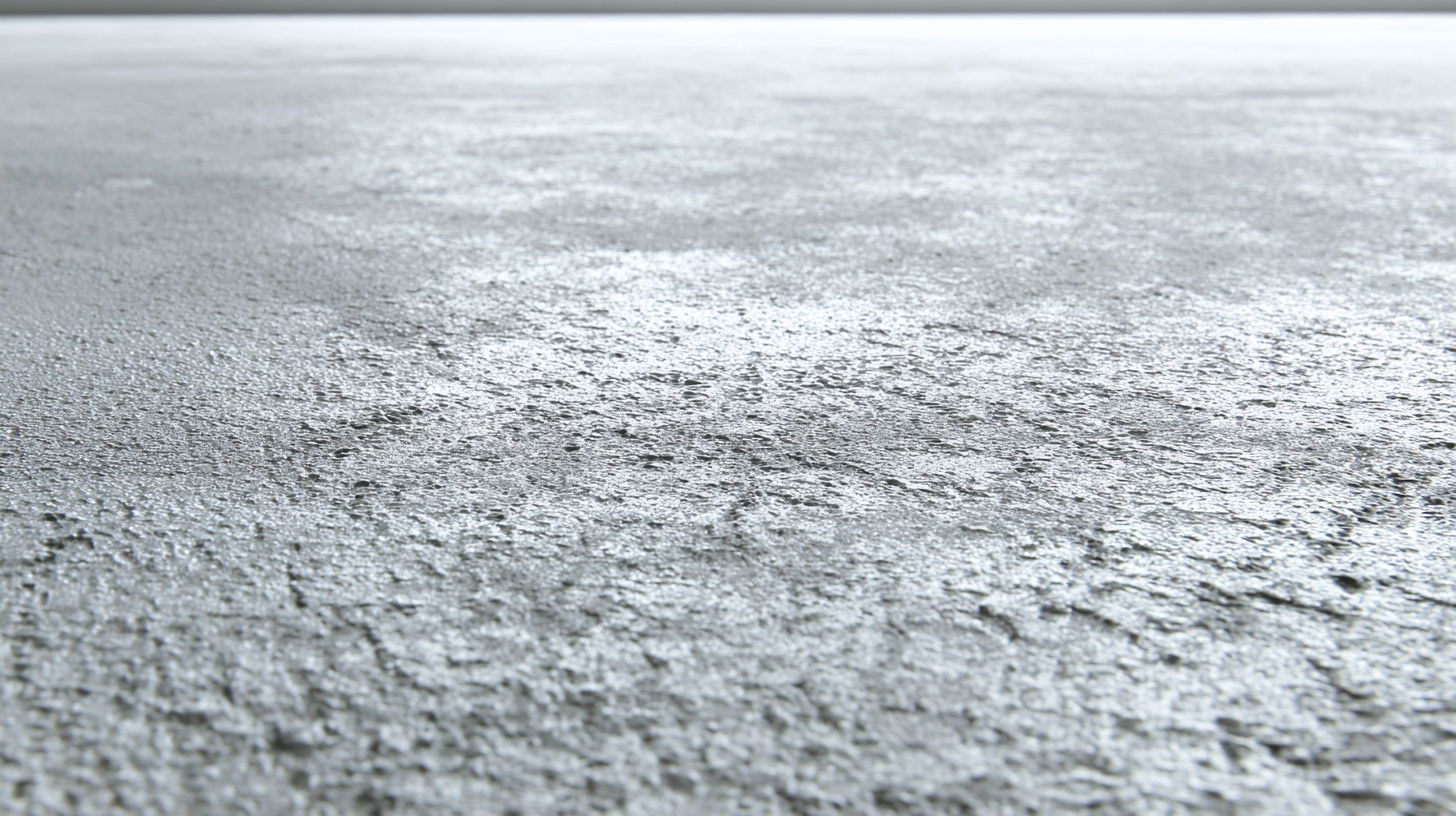
Unveiling the Technical Specifications of the Superior Polypropylene Concrete Solution
In recent years, the demand for innovative construction materials has surged, prompting the exploration of advanced solutions such as Polypropylene Concrete. This cutting-edge composite material, known for its enhanced durability and impact resistance, has found favor among engineers and architects alike. According to a report by the Global Concrete Additives Market, the use of fiber-reinforced concrete, particularly incorporating polypropylene fibers, is projected to grow at a CAGR of 4.5%, highlighting its increasing relevance in the construction industry. Polypropylene Concrete not only improves structural integrity but also mitigates cracking, making it a preferred choice for varied applications, from pavements to structural components. This blog aims to unveil the technical specifications that set Polypropylene Concrete apart, providing insights into the top strategies for its application and optimization within modern construction practices.

Understanding the Unique Properties of Superior Polypropylene Concrete
Superior Polypropylene Concrete (SPC) is revolutionizing the construction industry with its unique properties that enhance durability and longevity. This advanced concrete solution integrates polypropylene fibers, which have been shown to increase tensile strength and impact resistance significantly. According to a report from the American Concrete Institute (ACI), the incorporation of polypropylene fibers can improve crack resistance by up to 80%, providing a robust alternative to traditional concrete formulations.
The unique properties of superior polypropylene concrete extend beyond mere strength. Studies have demonstrated that this composite material exhibits excellent resistance to freeze-thaw cycles and mitigating the effects of water infiltration. For instance, research published in the Journal of Materials in Civil Engineering indicates that SPC can reduce permeability levels by as much as 50% compared to conventional mixes, making it ideal for structures in harsh weather conditions or exposed to aqueous environments. As urban environments continue to face challenges from climate change, the adoption of SPC presents a sustainable solution that not only meets the demands of modern infrastructure but also enhances safety and longevity in construction projects.
Unveiling the Technical Specifications of the Superior Polypropylene Concrete Solution
| Property | Specification |
|---|---|
| Material Composition | Polypropylene Fibers, Portland Cement, Aggregates |
| Fiber Length | 30 mm |
| Fiber Diameter | 0.5 mm |
| Concrete Compressive Strength | 30 MPa at 28 days |
| Slump Value | 150 mm |
| Water-Cement Ratio | 0.45 |
| Flexural Strength | 5 MPa |
| Thermal Conductivity | 1.5 W/m·K |
| Bulk Density | 2,400 kg/m³ |
| Shrinkage | 0.03% |
The Role of Polypropylene Fibers in Enhancing Concrete Durability
Polypropylene fibers play a crucial role in enhancing the durability of concrete, addressing common challenges faced in construction. By incorporating these fibers into the concrete mix, engineers can significantly improve the material's resistance to cracking, which is often due to shrinkage and temperature fluctuations. The unique properties of polypropylene, including its lightweight and flexible nature, allow it to disperse evenly throughout the concrete matrix, creating a more cohesive bond that ultimately strengthens the overall structure.
Moreover, polypropylene fibers enhance the impact and abrasion resistance of concrete. This is particularly beneficial for high-traffic areas and industrial applications where wear and tear are prevalent. As these fibers help to control the formation of micro-cracks that can lead to larger fractures, they contribute to a longer lifespan for concrete structures. The integration of polypropylene into concrete not only improves performance but also offers a cost-effective solution to maintenance and repairs, making it a superior choice for modern construction projects.
Enhancing Concrete Durability with Polypropylene Fibers
This bar chart illustrates how the addition of polypropylene fibers to concrete can significantly enhance its compressive strength. As the percentage of polypropylene fibers increases, the compressive strength of the concrete mixture also improves, showcasing the effectiveness of these fibers in improving concrete durability.
Comparative Analysis: Polypropylene Concrete versus Traditional Concrete Solutions
Polypropylene Concrete is increasingly being recognized as a superior alternative to traditional concrete solutions. One of the key differences lies in its enhanced resistance to cracking. While traditional concrete can be prone to shrinkage and cracking over time, the addition of polypropylene fibers significantly bolsters its tensile strength and flexibility. This makes polypropylene concrete ideal for applications where durability and longevity are paramount, such as in infrastructure projects and industrial flooring.
When considering which concrete solution to use, it's essential to weigh the pros and cons. Traditional concrete is often more cost-effective upfront; however, it may require ongoing maintenance and repair costs in the long run. In contrast, polypropylene concrete, while potentially more expensive initially, can lead to lower lifecycle costs due to its reduced need for repairs.
Tips:
- For projects where flexibility and durability are critical, opt for polypropylene concrete to minimize future maintenance issues.
- Always consult with a concrete specialist to evaluate the specific requirements of your project, ensuring you choose the best material for your needs.
- Remember to consider environmental conditions and stress factors on the concrete, as these can influence the performance of both polypropylene and traditional concrete solutions.
Impact of Polypropylene Reinforcement on Load-Bearing Capacity and Strength
The incorporation of polypropylene fibers in concrete has been a game-changer in enhancing its mechanical properties. According to a report by the American Concrete Institute, the addition of polypropylene fibers can increase the load-bearing capacity of concrete by up to 30%. This is primarily due to the fibers' ability to bridge cracks and mitigate the propagation of fissures under stress, thereby improving overall structural integrity. As engineers and architects continue to stress the importance of durability in construction materials, polypropylene-reinforced concrete stands out as a reliable option, particularly in applications requiring high resilience to cracking.

Moreover, recent studies have demonstrated that polypropylene fibers also contribute to the tensile strength of concrete. A study published in the Journal of Materials in Civil Engineering indicates that polypropylene reinforcement can enhance tensile strength by approximately 15% when compared to traditional concrete mixtures. This enhancement is vital for structures subjected to dynamic loads, such as bridges and high-rise buildings. The need for sustainable and resilient infrastructure solutions has never been more pressing, and the superior performance offered by polypropylene concrete solutions paves the way for more robust, long-lasting constructions.
Cost-Benefit Evaluation of Implementing Polypropylene Concrete in Construction Projects
The cost-benefit evaluation of implementing polypropylene concrete in construction projects reveals significant advantages that can enhance project efficiency and longevity. Recent studies indicate that using polypropylene fibers in concrete can reduce cracking by over 80%, which lowers maintenance costs and prolongs the lifespan of structures. According to a report from the American Concrete Institute, the initial investment in polypropylene concrete is often offset by these reduced maintenance and repair costs over time.

When considering polypropylene concrete, project managers should take into account the enhanced durability and impact resistance that this solution provides. According to industry data, structures utilizing polypropylene fibers demonstrate up to 30% improved tensile strength compared to traditional concrete. This not only ensures a more resilient build but also invites possible savings on insurance costs for construction projects due to decreased risk of damage.
Tips: When selecting a construction method, always evaluate long-term benefits alongside initial costs. It may be advantageous to conduct a life-cycle cost analysis to fully understand the potential savings associated with using superior modalities like polypropylene concrete. Additionally, consult with specialists in the field to get tailored advice that aligns with your specific project requirements.



